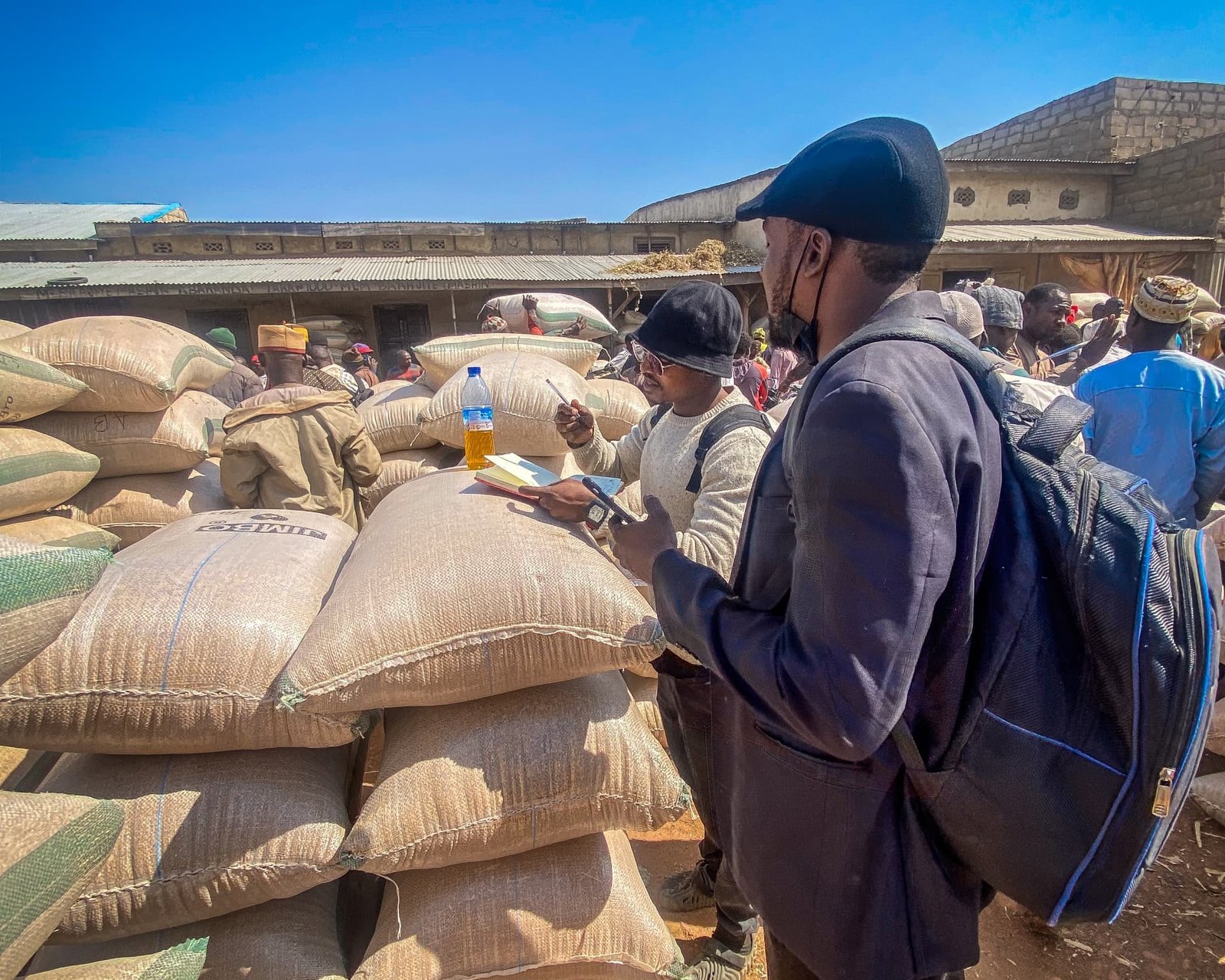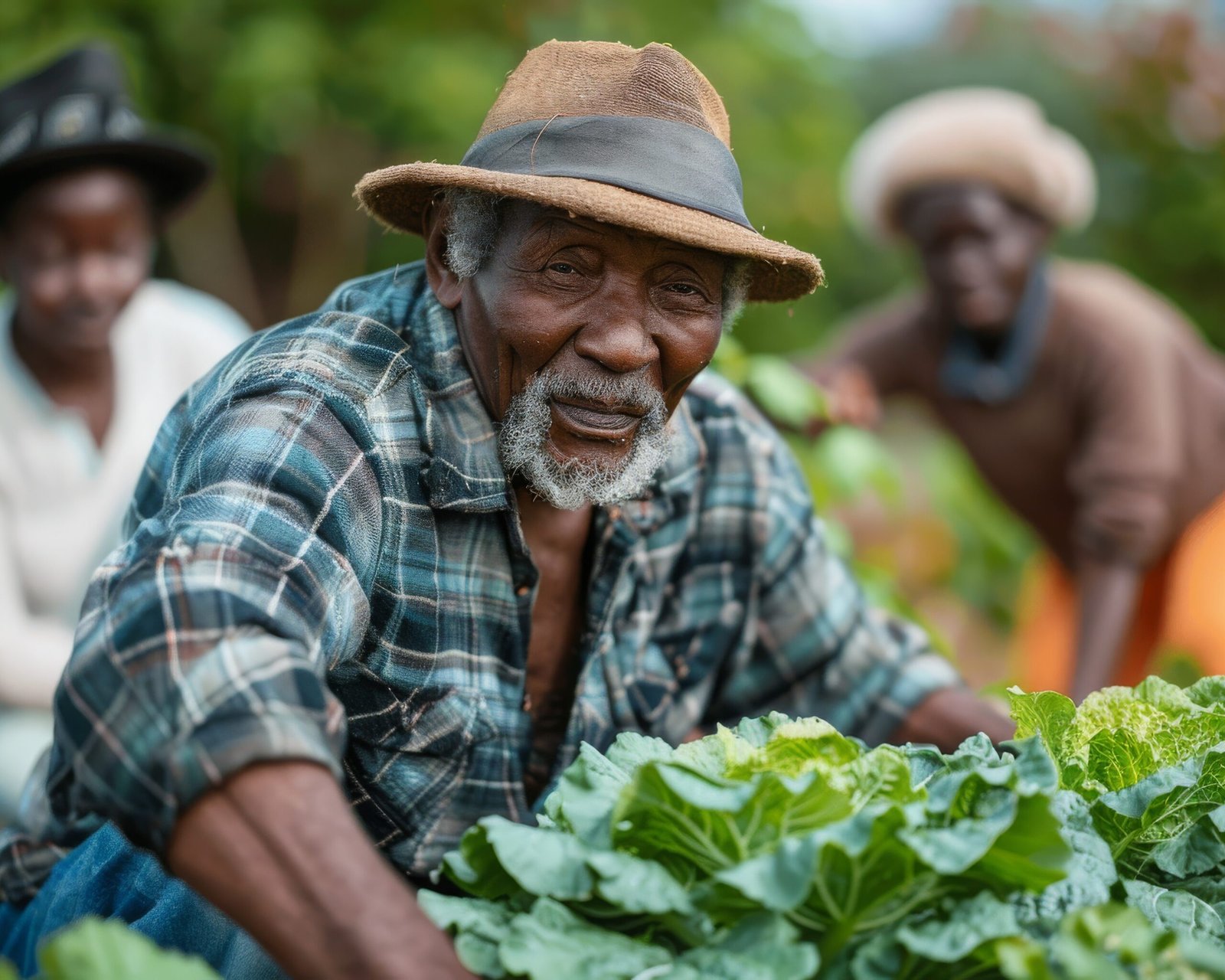Farm Size and Food Security: A Nigerian Perspective
In Nigeria, agriculture remains a cornerstone of our economy and a vital source of livelihood for millions. However, the sector faces numerous challenges, including low productivity. One critical factor influencing agricultural productivity is farm size. This post delves into the significance of farm size in Nigeria’s agricultural landscape and its impact on food security. The Importance of Farm Size Farm size plays a crucial role in determining agricultural productivity for several reasons: Challenges Faced by Smallholder Farmers Despite their significant contribution to food production, smallholder farmers in Nigeria face numerous challenges: Strategies to Boost Smallholder Farmer Productivity To address these challenges and enhance the productivity of smallholder farmers, several strategies can be implemented: Conclusion Farm size is a significant factor influencing agricultural productivity in Nigeria. While larger farms offer several advantages, smallholder farmers, who form the backbone of the agricultural sector, face numerous challenges. By addressing these challenges and implementing appropriate strategies, Nigeria can unlock the full potential of its agricultural sector and ensure food security for its growing population.
Challenges of Building and Growing Associations Among Smallholder Farmers in Nigeria
In Nigeria, smallholder farmers play a crucial role in the agricultural sector, contributing significantly to food production and rural development. However, one of the key obstacles they face is the difficulty of building and growing effective associations. Despite the potential benefits of collective efforts, such as improved access to resources, better market opportunities, and shared knowledge, smallholder farmers often struggle to form cohesive, sustainable groups. 1. Lack of Trust and Collaboration One of the biggest challenges to building associations among smallholder farmers in Nigeria is the lack of trust. Many farmers operate in isolation, often viewing their peers as competitors rather than potential collaborators. This mentality can be rooted in years of competition for limited resources, land, and market access. Overcoming this mistrust requires fostering a sense of shared purpose and benefits, which can take time and effort. 2. Limited Awareness and Education Many smallholder farmers in Nigeria are not fully aware of the advantages of forming associations. The concept of working together for mutual benefit might be unfamiliar or undervalued, especially in rural areas. Without adequate education and awareness campaigns about the long-term benefits of collaboration, farmers may not see the value in coming together to form a formal association. 3. Cultural and Social Barriers Cultural norms and social structures can also create barriers to the formation of associations. In some communities, family ties and tribal affiliations may take precedence over collective action, making it difficult for farmers from different backgrounds to work together. Additionally, gender roles often limit the involvement of women in agricultural decision-making, further complicating the formation of inclusive associations. 4. Inadequate Access to Resources Forming and maintaining a successful farmers’ association requires financial and logistical support. Smallholder farmers often lack the resources to manage such initiatives, from registering the association to setting up basic infrastructure. Without access to funding, training, and tools, these efforts can quickly fizzle out. External support from governments, NGOs, or private sector partners is often needed to help overcome these financial challenges. 5. Fragmented Land Ownership In Nigeria, land ownership is often fragmented, with smallholders working on limited plots of land. This makes it difficult to implement large-scale, collaborative agricultural projects or share resources effectively. Farmers who work on small, scattered plots may find it challenging to come together for joint ventures, making the idea of an association less practical. 6. Political and Policy Challenges The Nigerian agricultural sector is influenced by numerous political and policy challenges. In some cases, government policies may not adequately support smallholder farmers or provide incentives for association-building. Bureaucratic hurdles, lack of infrastructure, and weak enforcement of agricultural policies further hinder the development of farmer associations. 7. Poor Infrastructure In rural Nigeria, poor infrastructure is a significant barrier to farmers’ ability to connect, communicate, and collaborate. Poor road networks, unreliable electricity, and limited internet access make it difficult for farmers to stay informed and work together. These infrastructural challenges further isolate smallholders and reduce their chances of forming strong, sustainable associations. Conclusion Building and growing associations among smallholder farmers in Nigeria is a complex task, hindered by various cultural, social, economic, and infrastructural challenges. However, with targeted interventions, increased awareness, access to resources, and government support, there is potential for smallholder farmers to form strong, impactful associations that can drive agricultural growth, improve livelihoods, and contribute to food security in the country. The journey may be difficult, but with persistence and collaboration, these barriers can be overcome.
From Farm to Table: Understanding the Journey of Your Food
Have you ever wondered about the journey your food takes before it reaches your plate? It’s a fascinating and complex process that involves numerous steps, from planting the seed to serving the final dish. In this blog post, we’ll delve into the intricate details of this journey, shedding light on the hard work and dedication of farmers, processors, and distributors. The Farmer’s Role The journey begins on the farm. Farmers, the backbone of our food system, cultivate crops and raise livestock. They carefully select seeds, prepare the soil, and tend to their crops, ensuring optimal growth conditions. This involves a lot of hard work, from plowing fields to harvesting crops. Processing and Packaging Once harvested, crops are often processed to enhance their shelf life, flavor, and nutritional value. This might involve washing, cutting, freezing, canning, or drying. Packaging is another crucial step, ensuring that the processed food reaches consumers in pristine condition. Distribution and Transportation After processing and packaging, food products are transported to distribution centers. These centers act as hubs, distributing products to various retailers, such as grocery stores, supermarkets, and restaurants. The transportation process involves trucks, trains, and ships, ensuring efficient and timely delivery. Retail and Consumer Choice Retailers play a vital role in connecting producers and consumers. They stock shelves with a variety of food products, offering consumers a wide range of choices. Consumers can select the products they prefer, based on factors such as price, brand, and nutritional value. The Final Mile The journey culminates when consumers purchase food products and bring them home. This is where the magic happens – cooking delicious meals and nourishing their bodies. Understanding the Journey By understanding the journey of your food, you can appreciate the efforts of the people involved in bringing it to your table. It’s also a great way to make informed choices about the food you consume. Key Takeaways: By making conscious choices, we can support a sustainable and equitable food system. Do you have any questions about the journey of your food? Share your thoughts in the comments below!





